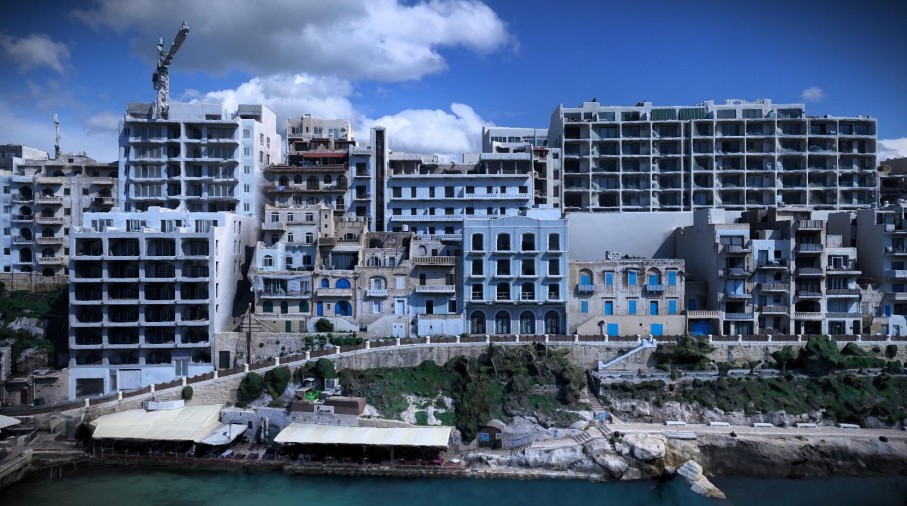Malta’s higher education sector is a powerhouse of international attraction, boasting the second-highest share of foreign students in Europe. According to latest data from Eurostat, 29.6 per cent of students on the islands come from abroad, a figure surpassed only by Luxembourg (52.3 per cent) and significantly higher than the EU average of 8.4 per cent.
This leading position highlights Malta’s strong pull as a study destination. But what drives a student to choose one country over another? According to experts, the decision is a complex calculus of academic reputation, practical opportunities, and lifestyle.
“Cost of living and tuition fees are often primary considerations, especially for those seeking affordable options without compromising educational quality,” explains Tom Miessen of StudiesIn.com, a popular student consultancy that assists international students in planning and pursuing higher education.
“However, practical aspects like access to work opportunities and favourable post-study immigration policies are equally critical, as students aim for seamless transitions from education to employment.”
On several key attractiveness factors, Malta scores exceptionally high. English, as the primary language of instruction in institutions, removes a significant barrier for a global student body. Coupled with some 300 days of sunshine, a high level of safety, and cultural offerings, the islands present a package for those seeking a quality of life as well as further studies.
“Cultural compatibility and language accessibility also play significant roles, with a growing preference for countries offering English-taught programs and inclusive environments,” Mr Miessen added, factors that Malta leverages effectively.
However, a new analysis reveals a significant drawback that could hamper Malta’s potential to attract even more talent: the earning potential for students who need to work part-time.
StudiesIn.com recently analysed part-time work conditions for students across 30 European destinations. While most countries, including Malta, permit around 20 hours of work per week during term time, the financial returns vary wildly.
Malta finds itself at the lower end of the pay scale. With an estimated hourly wage of €5.54, a student working the maximum hours can expect to earn approximately €481 per month. This places Malta among the lowest earners in Europe, far behind northern European counterparts.
The contrast is stark. A student in Luxembourg can earn up to €18 per hour, while those in Denmark (€14.74), the Netherlands (€14.40), and the UK (€14.09) also enjoy significantly higher rates. Even when compared to similar Mediterranean destinations, Malta’s offering is less competitive, with students in Spain earning an estimated €9.26 per hour.
This wage gap presents a challenge. For many international students, the ability to work is not a luxury but a necessity to offset living costs. While Malta’s appeal of sun, safety, and English tuition is undeniable, the low potential earnings may force financially-conscious students to consider destinations where they can work fewer hours for greater pay, or where higher wages provide a better standard of living.
The data suggests that to maintain and grow its status as a top-tier destination for international education, Malta must not only promote its existing strengths but also address the economic realities facing the students it seeks to attract.
Gozo business groups avoid direct comment on Portelli’s approved Xlendi ‘tower’
The development was approved yesterday
Cloudflare suffers second major outage in a month, knocking global platforms offline
The outage comes amid scheduled maintenance at Cloudflare’s Detroit data centre
New advisory group formed to address migrant labour challenges in Malta’s ride-hailing and delivery sectors
'Effective migration governance requires collective action'






